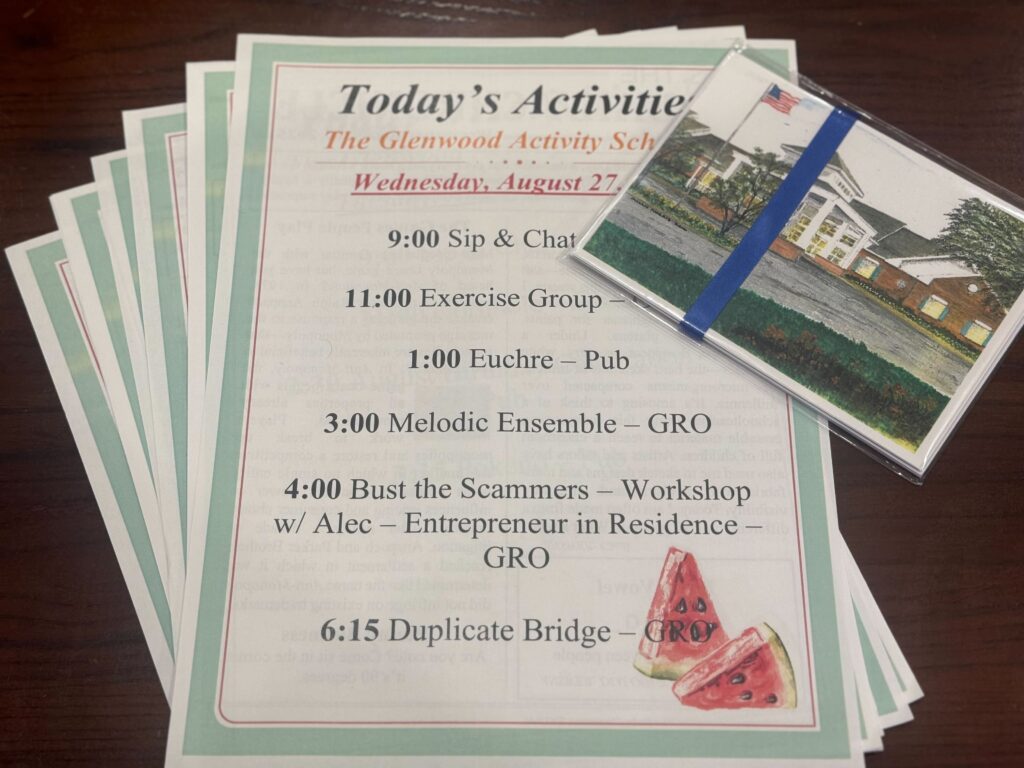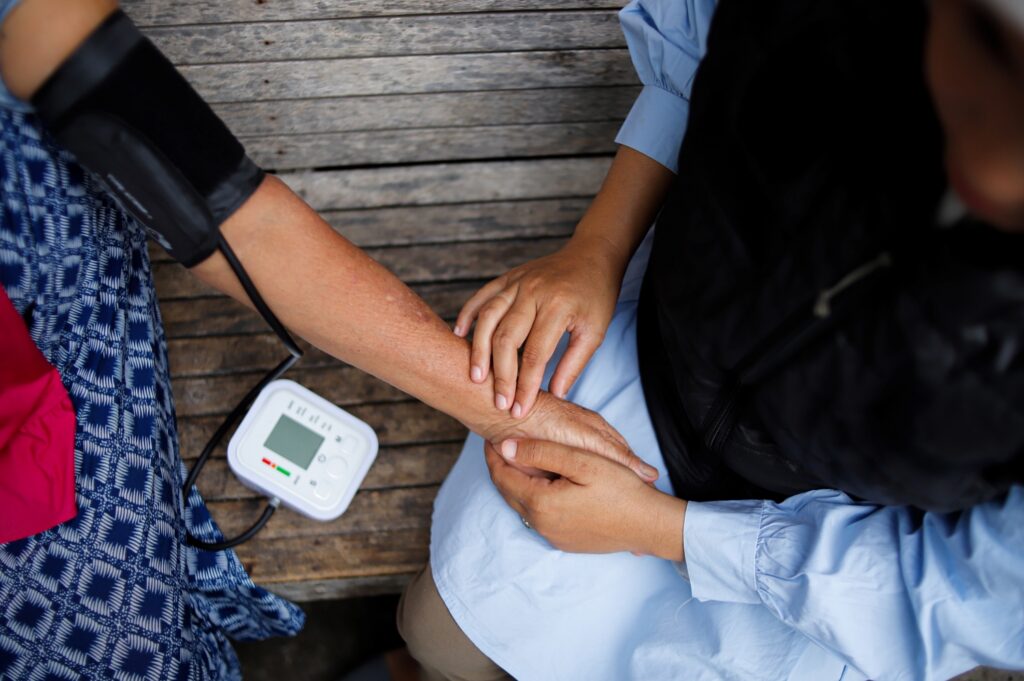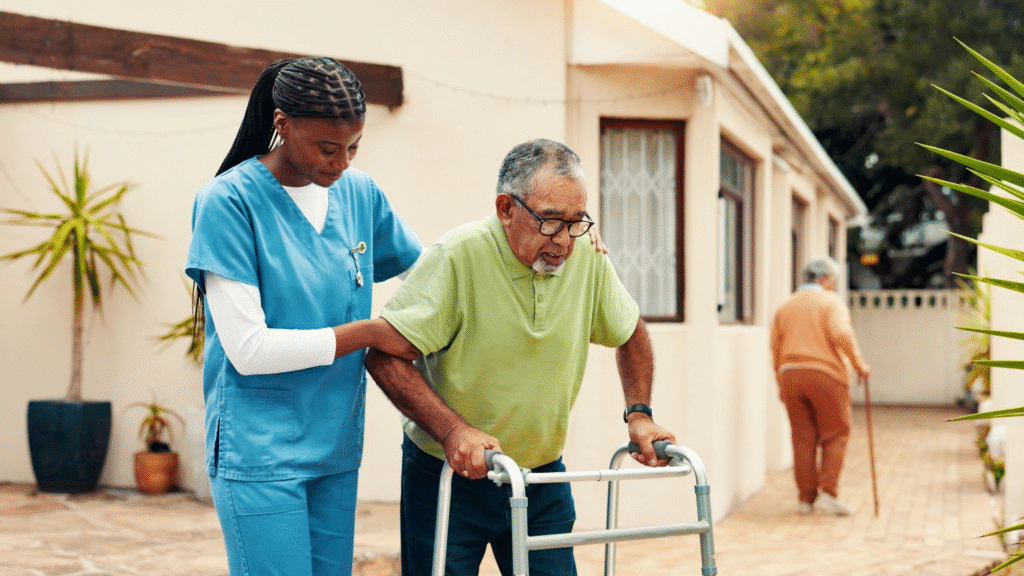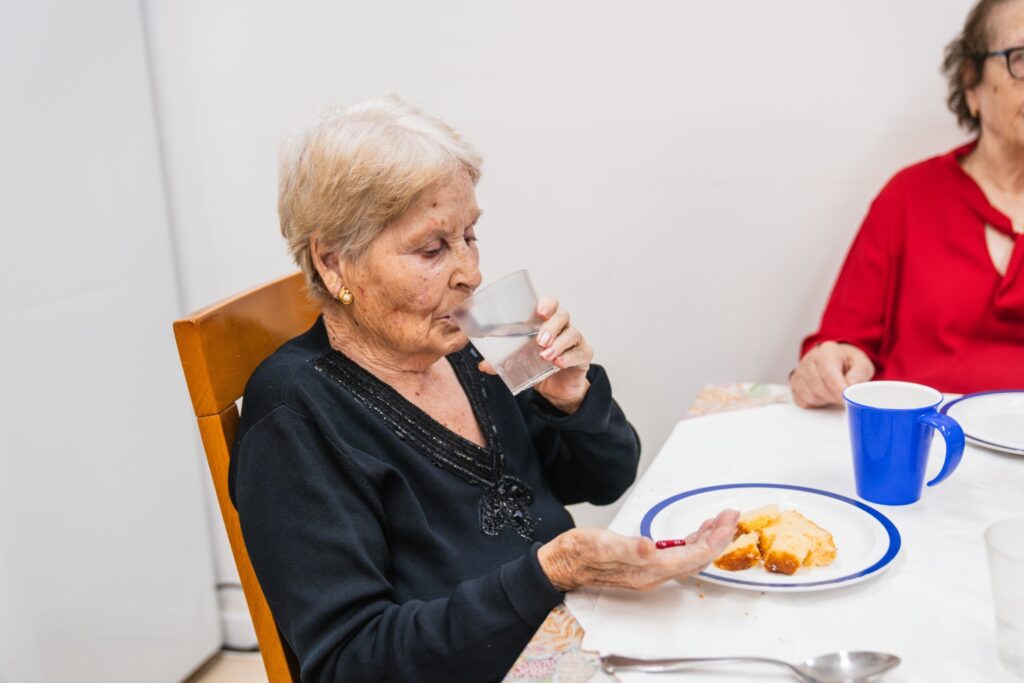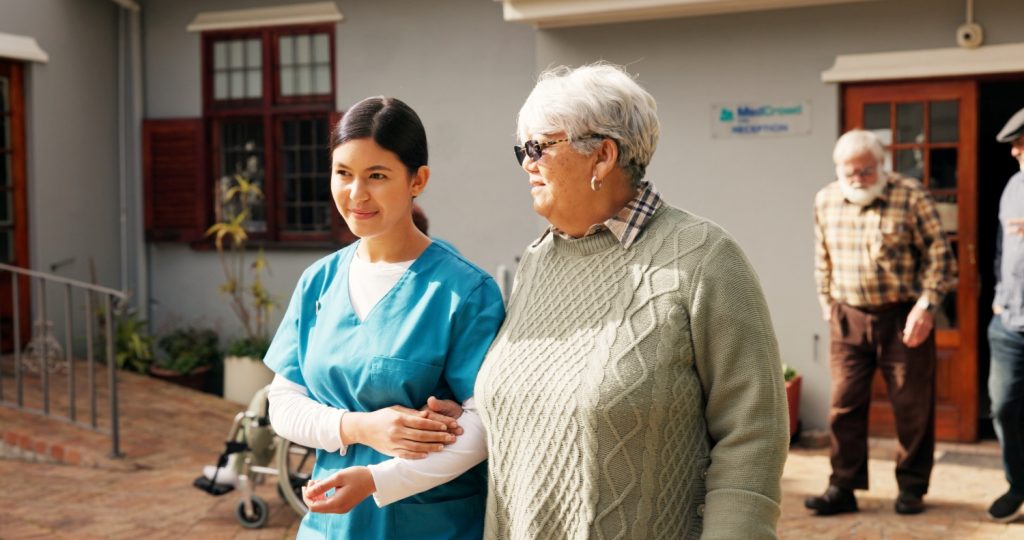Editor’s note: The John A. Hartford Foundation, the Administration for Community Living (ACL) and The SCAN Foundation fund the Aging and Disability Business Institute, led by USAging. The mission of the Aging and Disability Business Institute is to build and strengthen partnerships between aging and disability community-based organizations (CBOs) and the health care system. As partners in the Institute, ASA and USAging are collaborating on a series of articles and case studies in Generations Now that highlight efforts to promote stronger aging and disability systems.
Much of the media portrays homelessness as an unsolvable issue. Although the reasons that people become unhoused are multifaceted, the options for solving it can be straightforward, but must be scaled.
A few numbers for homelessness in older adults from a 2023 fact sheet out of Harvard Joint Center for Housing Studies: older adults experiencing sheltered homelessness increased by 10,000 between 2019 and 2021, to more than 60,000; in 2021, the number of renters ages 62 and older eligible for rental assistance reached 5.9 million, an increase of almost 50% since 2011; incidences of worst-case housing needs (severe rent burden, severely inadequate housing, or both) increased by 60% among unassisted older renters with very low incomes, from 1.5 million in 2011 to 2.3 million in 2021.
USAging’s CEO Sandy Markwood put it in simpler terms in a recent essay: “The fastest-growing group of people experiencing homelessness in the United States are those ages 50 and older. Unless our nation’s systems to prevent and respond to homelessness become ‘aging capable’—meaning they reliably provide effective support tailored for older adults—we can expect that number to triple by 2030.”
Also, much available housing in the United States is not accessible to the 16% of adults ages 65-79 and the 37% of adults ages 80 and older who report ambulatory difficulties, according to the Harvard study; and fewer than 4% of homes offered single-floor living, no-step entries, and wide hallways or doorways.
Recently we spoke with Molly French, Program Director for Housing and Services at USAging, to hear how older adult homelessness happens and what the aging sector might do to help ameliorate this situation.
Many older adults are stuck choosing between ‘bed or bread (or med).’
First the basics: Most older adults are on fixed incomes, and those incomes have not kept up with the rising costs of rent. More older adults now rent, and rent increases are cutting into their budgets, so it can become a tradeoff between “bed or bread (or med),” said French. Some of these individuals are so behind on rent they are being evicted, which fuels the homelessness crisis.
As for older homeowners, many are struggling to pay for homeowner’s insurance, and insurance companies have been pulling out of high-risk areas. Older homeowners also are financially challenged in that they have very little money to spend on needed home modifications or repairs that would allow them to remain safely in those homes. Sixty percent of Area Agencies on Aging (AAAs) help with some of these home modification needs.
The math isn’t “mathing,” as they say, and even AAAs have to make tough choices, such as either replacing one person’s roof for $20,000 or doing $1,000 repairs for 20 households. French was emphatic that this situation isn’t happening just in various pockets of the United States, but countrywide—85% of recently surveyed AAAs identified housing as a major concern.
Many people enter retirement with scant economic resources because they have experienced decades of difficulties in housing, education and/or employment. “We cannot look at housing instability and homelessness without using that lifespan lens,” said French.
Four Potential Solutions to Homelessness
Most viable solutions to solving homelessness fall into four buckets, said French.
Direct rental assistance and housing vouchers are proven interventions. Some programs provide long-term rental subsidies, and others may provide one-time or short-term assistance, such as by paying utility bills or rent arrears. And there’s property tax relief to reduce or waive what older homeowners owe, as long as they are aware this sort of help is available, and they’ve negotiated what can be a complicated application. Such hoops can be a challenge for many older homeowners.
The second bucket holds housing preservation, for which home modification and repair programs are key. Also, weatherization against climate change is increasingly necessary, but many older adults may not have the funds for these investments. Some home or safety improvements like window air conditioning units or grab bars may be covered by Medicare Advantage and/or Medicaid programs, but this type of assistance is not universally available.
‘Everyone needs a roof over their heads, but many older adults also need home- and community-based services to stay stably housed.’
Bucket three contains housing development, which is essential to address the shortage of affordable housing, but building multifamily housing developments can take as long as 5 to 10 years. Cities and counties also can alter zoning policies and building codes to spur housing development, such as for accessory dwelling units (small independent residential dwelling units located on the same lot as a stand-alone single-family home) on existing properties and converting old motels or unused office buildings.
The fourth bucket addresses home- and community-based services (HCBS). Older adults who have the support that they need for daily living in the community are more likely to remain stably housed. Some may need bill-paying assistance to stay current on rent or housekeeping to meet their lease obligations for maintaining their apartment. Nutrition, social engagement, caregiver services, transportation, personal care and other HCBS all support health and well-being. USAging has urged Congress to expand the reach of and investment in key Older Americans Act programs to reflect the realities of a rapidly aging nation.
Some other options to ensuring more older adults have access to HCBS include:
- Intergenerational housing models where people from different stages of life provide mutual support.
- “Cluster care” models where a care manager, direct care worker, etc., serves several people in one building or neighborhood.
- Community Care Corps, a national program that fosters innovative local models in which volunteers provide nonmedical assistance to family caregivers, older adults or adults with disabilities to maintain their independence in community.
- Program for All-inclusive Care for the Elderly (PACE). For any of these solutions to be sufficiently scaled, systems change is necessary, according to French.
For any of these solutions to be sufficiently scaled, community-level change is necessary, according to French. For this reason, USAging is excited to have a new grant from Next50 to partner with the National Alliance to End Homelessness to stimulate AAA partnerships with homeless services networks. Such community-based partnerships together can create “aging capable” systems that provide older adults at-risk of or experiencing homelessness with timely, coordinated access to age-appropriate housing assistance and supportive services.
AAAs, as ASA members know, provide a range of services and supports to people in the greatest social and economic need, including the unhoused. Also, 26% of AAAs now offer services related to preventing eviction, diversion or mortgage foreclosure, and 20% have a homelessness prevention or intervention program. Eleven percent provide AAA services in homeless shelters. Yet, in many communities, aging and homeless services have operated historically in siloes, so the new project will generate a road map on how to best build and sustain partnerships that spark innovation. The coming together of these two networks is a bright spot in this growing crisis. USAging case studies that demonstrate how such partnerships could work well, can be read here.
USAging also is a major partner in the federal Housing and Services Resource Center (HSRC), which fosters collaboration and partnerships between the organizations and systems that work to help people live successfully and stably in the community. One of the HSRC’s major initiatives is to provide intensive technical assistance to cross-sector state teams as they work to align health, housing, aging and disability systems to reduce homelessness for individuals with more complex care needs.
“These multifaceted solutions help improve recognition in the housing and healthcare sectors that many older adults also need HCBS, which the AAA network provides, to stay stably housed,” said French.
The growth rate of homelessness among older adults appears to be outpacing the overall aging of the Baby Boom generation. French said, “the growth in numbers is partially attributable to patterns of limited opportunities in education, jobs and housing, and also to ongoing inflation, especially in rent and other housing costs.”
“Communities should be stepping forward to help end homelessness among older adults,” said French, “and USAging is working on multiple fronts to make that happen.”
Alison Biggar is ASA’s editorial director.
Continue the conversation with our webinar, “Economic Justice for Aging Communities” on Feb. 25, 2025.
Photo credit: Shutterstock/Tero Vesalainen



